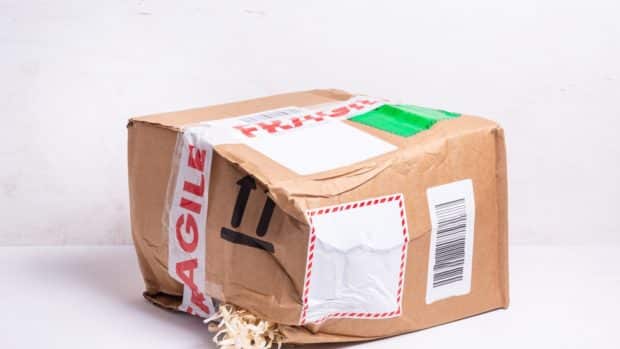Phantom inventory is causing UK shoppers to experience out-of-stocks, with poor product availability negatively impacting sales and long-term customer loyalty, according to the latest data from Retail Insight.
Original research of over 1,000 UK shoppers by Retail Insight revealed that consumers are increasingly experiencing availability issues in-store, a problem symptomatic of phantom inventory, which is the discrepancy between stock listed on retailers’ systems and what items are actually available in-store.
A fifth (19 per cent) of customers in Retail Insight’s poll said they had experienced errors with retailers’ store systems, when ‘ghost’ stock was shown as available when it was, in fact, out-of-stock. Meanwhile, a third (32 per cent) reported items being listed as in-stock online but which weren’t available when they arrived in store. A further quarter (25 per cent) had experienced store associates not being able to find an item, even though they believed it was available in the store.
“As one of the main drivers of inefficiencies, sales, and margins, phantom inventory presents a significant and costly challenge to grocers,” said Paul Boyle, CEO of Retail Insight. “Facing growing pressure on already razor-thin margins, phantom inventory risks becoming a profit-draining issue across every part of the retailer’s store operations, from wasted labour to out of stocks and increased shrink.”
With retailers’ average inventory records currently only 60 per cent accurate, phantom inventory blocks replenishment and timely re-orders, causing shelf gaps that lead to lost sales and reduced customer loyalty.
82 per cent of UK shoppers polled by Retail Insight said they had experienced out-of-stocks in-store during the last 12 months, up +11 percentage points year-on-year, while 60 per cent reported the same issue online, an increase of +6 per cent since 2022. And these poor levels of product availability aren’t just creating dissatisfied customers, they also risk costing retailers lost sales and loyalty.
A fifth of shoppers (21 per cent) said shelf gaps would make them abandon their shopping mission and leave the store without buying other items in their basket, while a quarter (26 per cent) said poor stock availability would make them either stop shopping or shop less with a grocer. A further 27 per cent would switch to a competitor supermarket if their usual grocer had shelf gaps.
“With recent analysis suggesting that phantom inventory can cause as much as 80 per cent of out-of-stocks, it is clearly a major driver of lost sales that retailers can’t afford to ignore. By leveraging real-time data, retailers can address and correct inventory accuracy faster and more efficiently, ensuring better product availability, freeing up store associates to serve and, ultimately, delivering store execution that protects, and even boosts, margins,” Boyle concluded.








Share